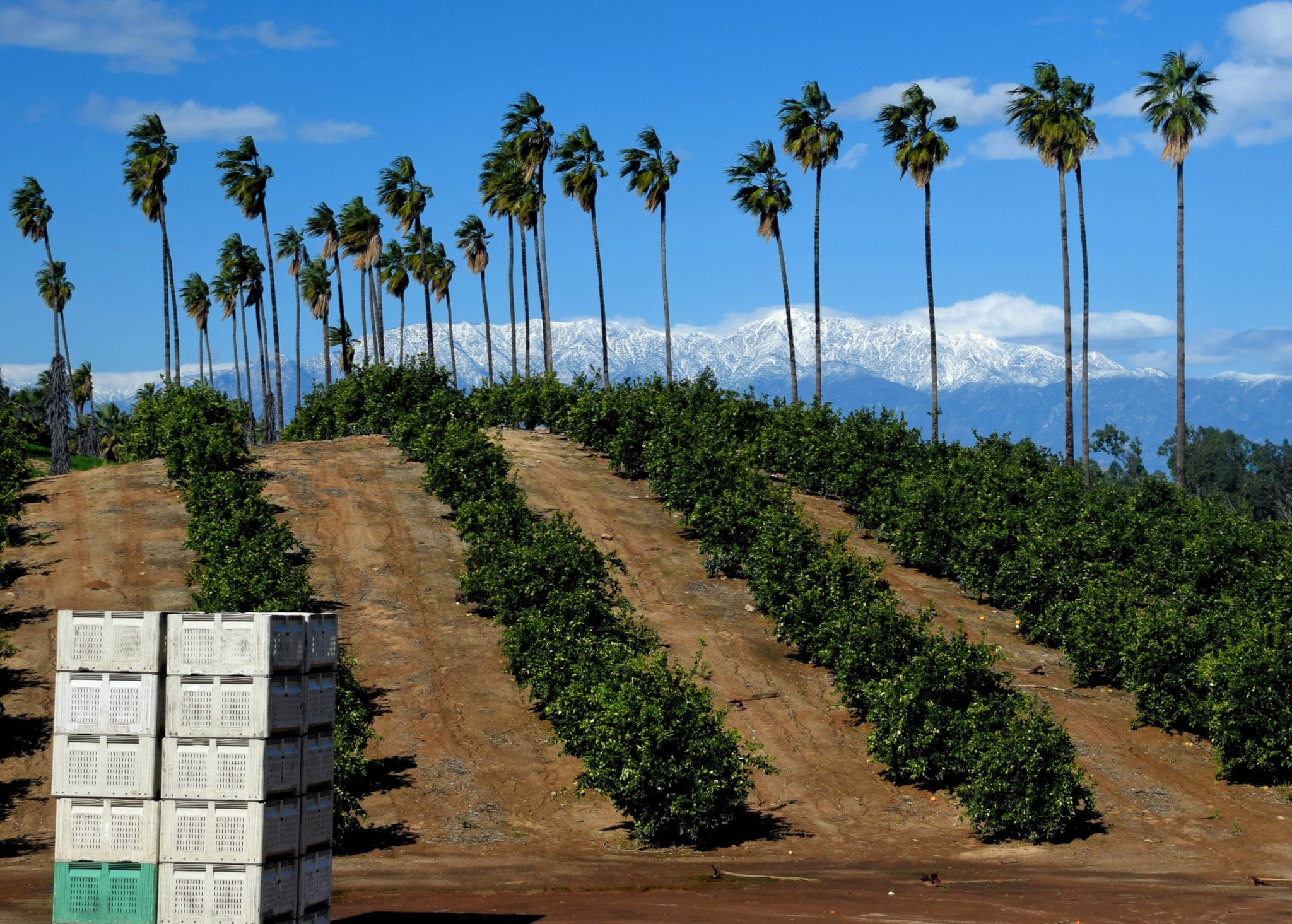Looking out my window as I write this, I can see a pair of citrus trees — an orange tree and a lemon tree. Both are over 125 years old. They were planted in the 1890s, when Whittier was settled as an agricultural colony by a group of Quakers. They aren’t the handsomest citrus trees you’ll ever see, but both reliably turn out high-quality fruit.
They’re legacies of California’s “second gold rush” – the establishment and explosive growth of the state’s citrus industry.
All photos by Tom Dell
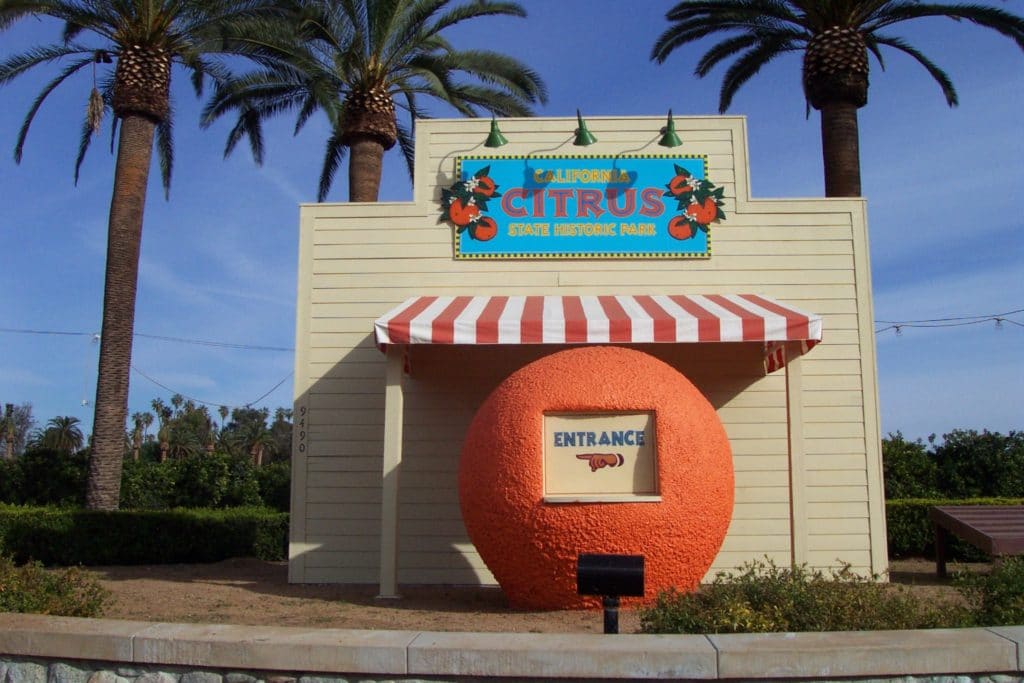
Our destination this week is California Citrus State Historic Park in Riverside, where you can learn how this second gold rush was started, nurtured and developed. From the park brochure: “This second California gold rush, combined with innovative methods of irrigation, fruit processing, advertising, cooperative marketing and railroad transportation, helped establish California’s image as the land of sunshine and opportunity.”
Seventy-five citrus varieties
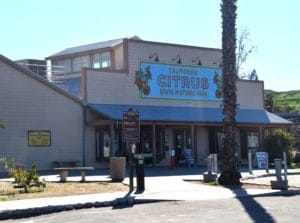
The park is located in Riverside, which started and served as centerpiece of this second gold rush. In the 1890s, when the rush began taking off, Riverside was the wealthiest per capita city in the United States. The park is accessed via Van Buren Blvd., which connects SR 91 and I-215. The turnoff is well-marked. Admission is free, but you’ll get hit with a $5 parking fee.
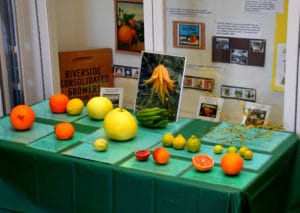
What you’ll find here is a 250-acre site with thousands of citrus trees – over 75 varieties – plus a visitor center, museum and gift shop. If you take one of the free walking tours offered on weekends, you can sample oranges right off the tree and score a free bag of fruit. There’s also a free fruit tasting in the visitor center.
To download the park’s brochure, go to https://www.parks.ca.gov/pages/649/files/CalCitrusSHPFinalWebLayout093016.pdf
The tours are popular. It’s wise to make reservations. Simply call (951) 780-6222. Led by a knowledgeable volunteer guide, you’ll walk among and through the groves, stopping to sample and fill your goody bag with different citrus varieties along the way. The route follows a dirt path that’s not accessible to wheelchairs. Nearby are other paths that are paved and accessible.
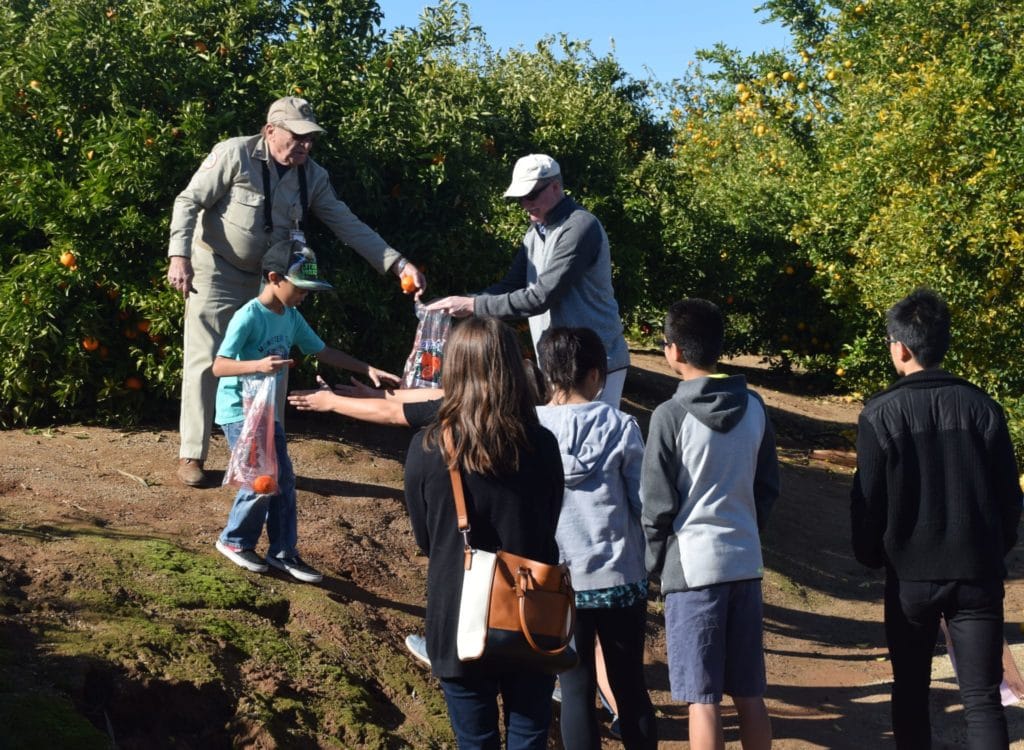
A sterile citrus
For those who like history, I saved it for last. And I won’t go into great detail. Between 1870 and 1900, California agriculture was based on wheat, but it was transitioning to citrus fruit. What made that economically feasible was the introduction and development of the Washington navel orange.
Originally developed in Brazil, the Washington navel is seedless and sterile. The only way to propagate it is by grafting a bud from an existing tree onto separate rootstock. In 1873, the U.S. government sent two trees to a Riverside social activist named Eliza Tibbetts. She nurtured them with TLC that included hand-watering. Tibbetts was so successful that you’ll find a statue of her next to the iconic Mission Inn in downtown Riverside. Her Washington navels were ideally suited to the climate. As a plus, their relatively thick skins made them ideal for packing and shipping. Part of the industry’s success and explosive growth resulted from scientific approaches developed at the University of California’s Citrus Experimental Station, which eventually became the University of California, Riverside.
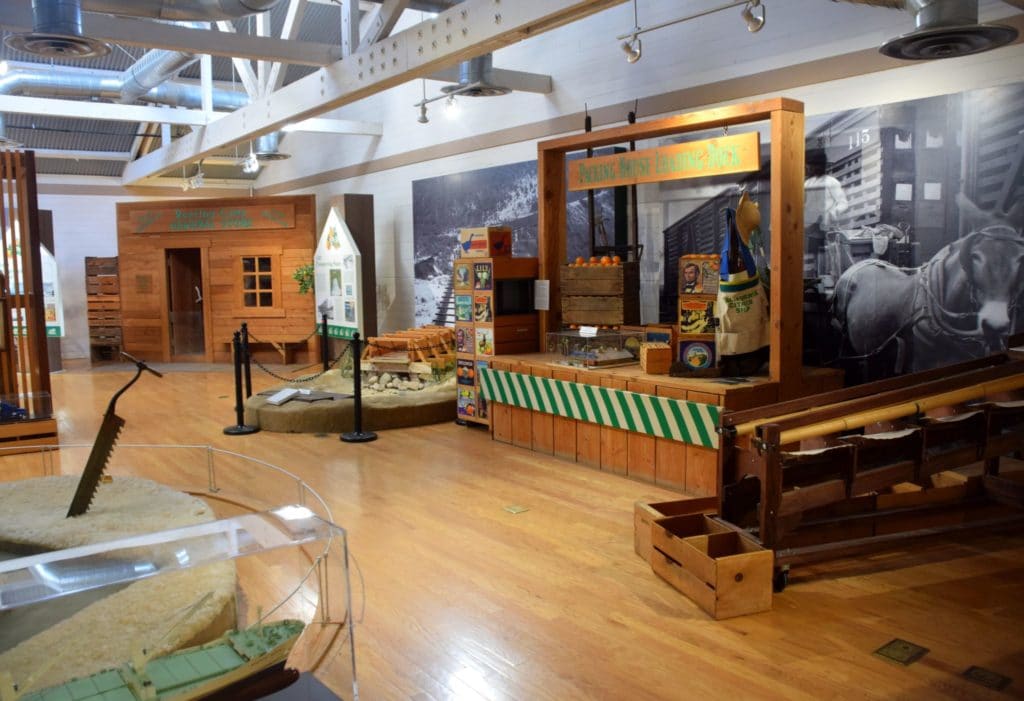
Nowadays, all commercial citrus trees are grafted onto rootstock selected for adaptation to the soil, resistance to disease, and influence on fruit quality.
And, given the comparative time frames, it’s almost certain that the orange tree in my backyard is descended from one of Eliza Tibbetts’ original trees.
Thanks for joining me. We’ll be back on April 2 with a visit to Saratoga National Historic Park in upstate New York.

